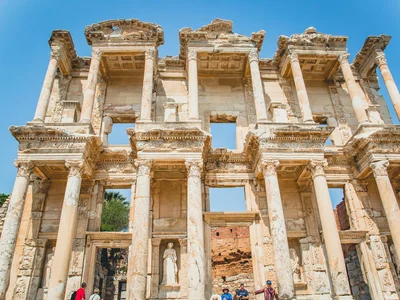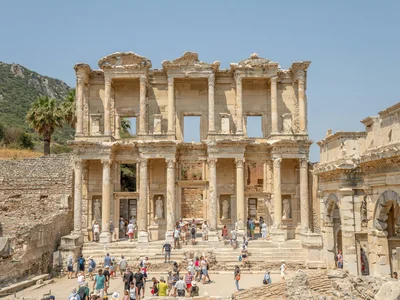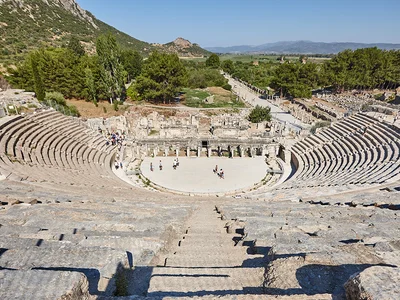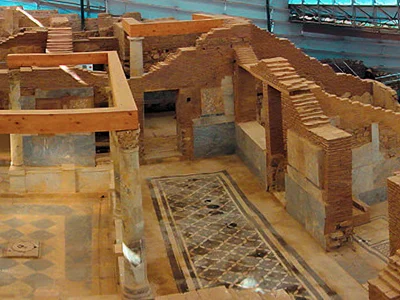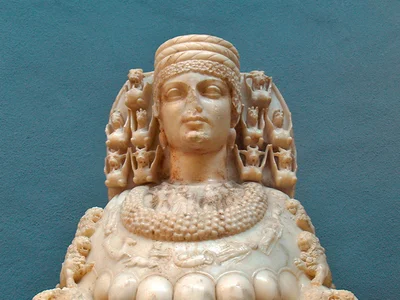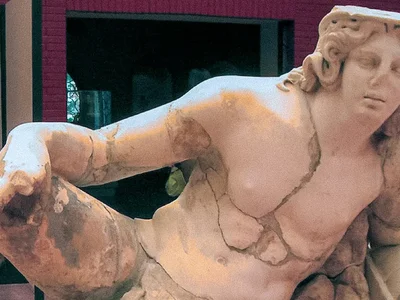The Library of Celsus: Ephesus's Ancient Marvel
History and Construction
Constructed in the 2nd century AD, the Celsus Library stands as a tribute to Tiberius Julius Celsus Polemaeanus, a prominent Roman consul and governor of the Asian province. His son, Tiberius Julius Aquila, commissioned the library as a mausoleum to honor his father's legacy and intellect. The library's completion around 117 AD marked a significant milestone in Ephesus's architectural and scholarly history.

Architectural Marvel
The library's facade, adorned with intricate carvings and statues, reflects the grandeur of Roman architecture. Four towering columns flank the entrance, each crowned with ornate Corinthian capitals. Statues of wisdom (Sophia), knowledge (Episteme), intelligence (Ennoia), and virtue (Arete) adorn the niches between the columns, symbolizing the values enshrined within the library's walls.
A Treasury of Ancient Knowledge
Beyond its impressive exterior lies a treasure trove of ancient knowledge. The Celsus Library housed thousands of scrolls and manuscripts, making it one of the largest repositories of knowledge in the ancient world. Scholars and philosophers from far and wide flocked to Ephesus to peruse its vast collection, seeking enlightenment and wisdom.
Interior Design and Layout
The interior of the library, although partially reconstructed, evokes a sense of reverence and awe. Marble shelves once held the precious scrolls, while niches in the walls provided space for statues of literary figures and deities. The central nave, illuminated by natural light streaming in through the windows, served as a gathering place for scholars and students alike.
Preservation and Restoration
Despite facing destruction over the centuries, the Celsus Library endures as a symbol of Ephesus's enduring legacy. Restorations and archaeological efforts have preserved its majestic facade and restored portions of its interior, allowing visitors to glimpse into the intellectual richness of antiquity.
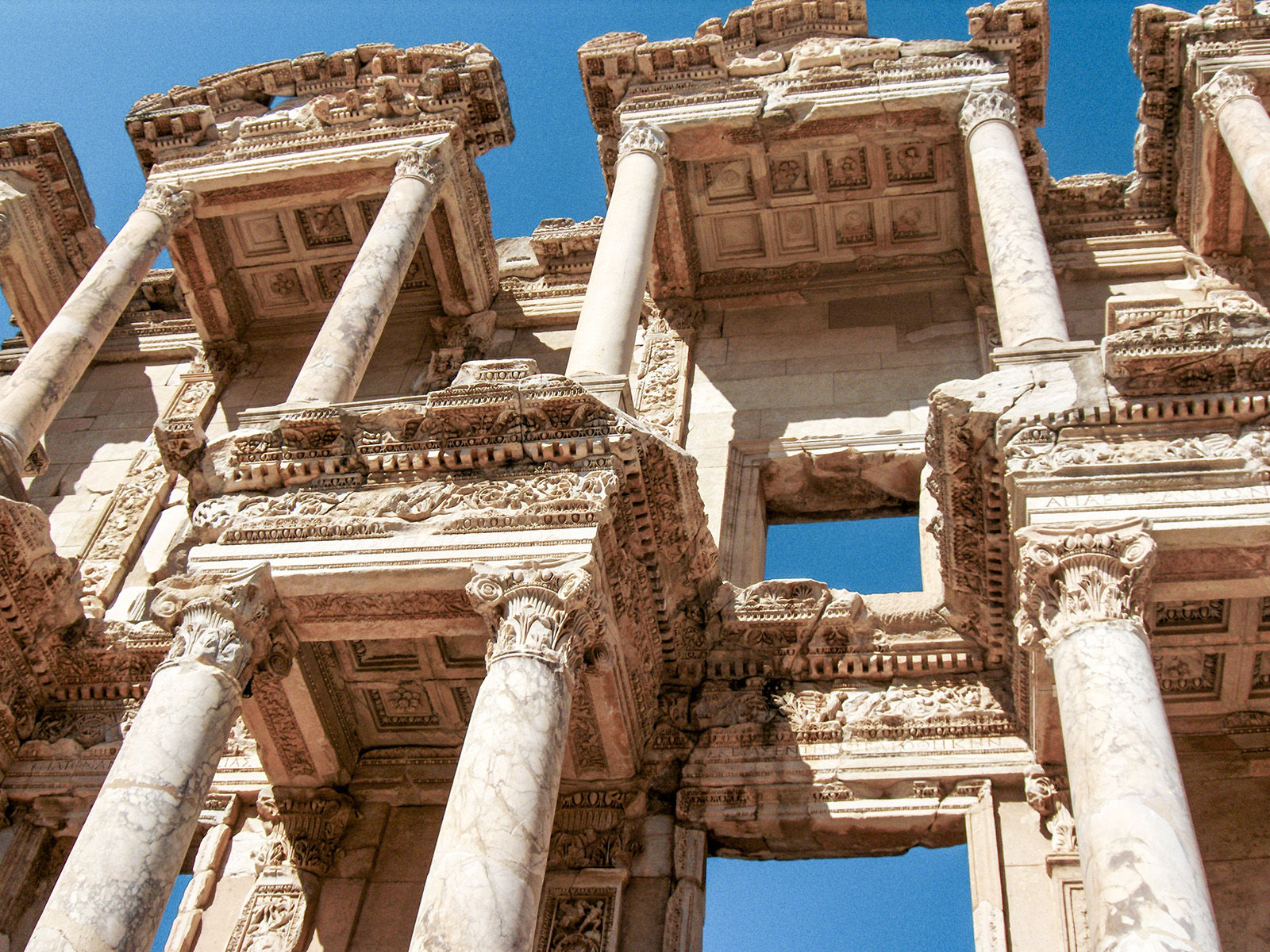
Visiting Today
Today, the Celsus Library stands as a UNESCO World Heritage Site, drawing visitors from across the globe to marvel at its architectural splendor and historical significance. It serves not only as a reminder of Ephesus's glorious past but also as a testament to the enduring power of knowledge and culture. As visitors wander through its hallowed halls, they are transported back in time, connecting with the scholars and sages who once roamed these ancient streets.
In a world constantly evolving, the Celsus Library remains a beacon of intellectual curiosity and enlightenment, inviting all who enter to embark on a journey of discovery and wonder.
Key Facts About the Library of Celsus
- Built: 110-135 AD during the Roman Empire
- Purpose: Library and mausoleum for Tiberius Julius Celsus
- Capacity: Approximately 12,000 scrolls
- Notable Features: Four symbolic statues representing Wisdom, Knowledge, Intelligence, and Virtue
- Current Status: UNESCO World Heritage Site, facade restored in 1970s

